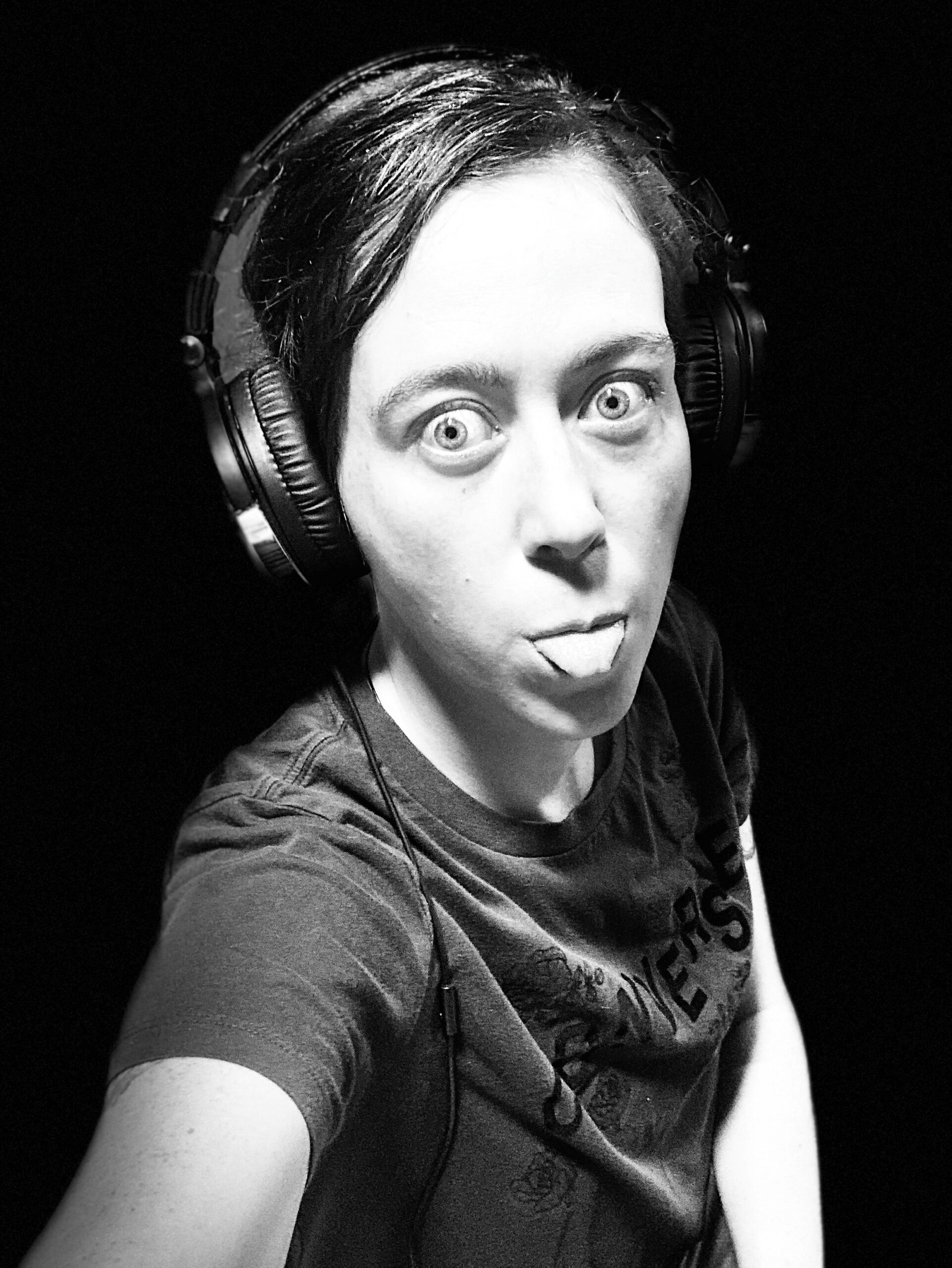I had knee surgery and was six weeks post-op, so I had no worries about clots. I was also on birth control, though.
I stretched one night and felt excruciating pain in my left rib. I could barely move. I managed to get to a hospital and was told it was costochondritis — inflammation of the cartilage connecting the ribs to the sternum — and anxiety. They gave me an anti-inflammatory medication and told me I’d be good.
Two days later, I could barely breathe. My heart was racing. I felt like I was going to pass out from short walks to the bathroom. I went back to the ER.
The doctor told me to calm down and that I was having an anxiety attack. My husband insisted that this was worse, and they then did a CT scan and found a “small” clot in my left lung. They sent me home with rivaroxaban.
Less than a week later, I was back in the hospital. I thought I was having a heart attack this time. They did an immediate x-ray, where they found my pulmonary embolism had led to fluid buildup in my pleural sack. I had fluid from abdomen to collarbone and a collapsed lung.
My oxygen levels were normal and the only PE symptoms were ones that mimicked anxiety, so it was almost overlooked. I almost died and coded twice in my one week hospital stay. Two thoracentesis (a procedure to remove fluid from around the lungs using a needle), a chest tube, and just shy of three gallons of fluid removed from my chest, and I am still reeling from this four years later.
I live with anxiety that the next one may be the one that kills me, because the next doctor may also not believe me.
Through all of this, I’ve also learned to enjoy each day and embrace the silliness in life, which is why I chose this picture!
Trust your body. For me, it felt like a rod through my chest when it happened, and I knew something was very wrong. Don’t let anyone, especially doctors, gaslight you into dying like I almost did.
Resources
Psychological Impact of Blood Clots
Risk Checklist for Women
PEP Talk: Blood Clots and Orthopedic Surgery




